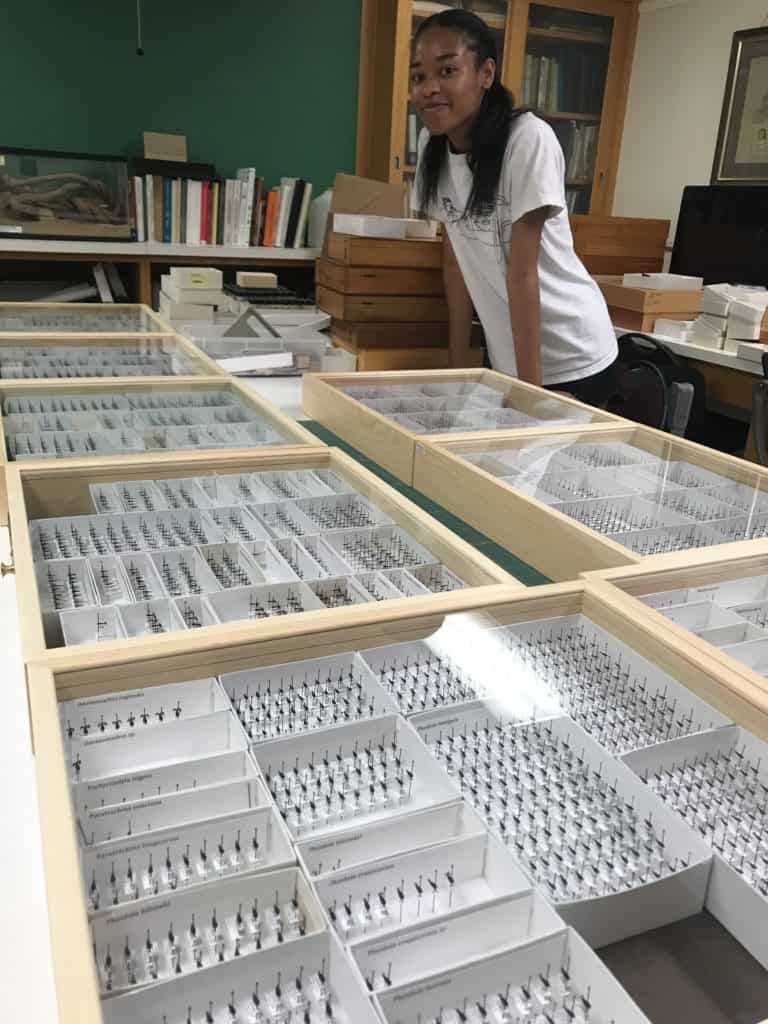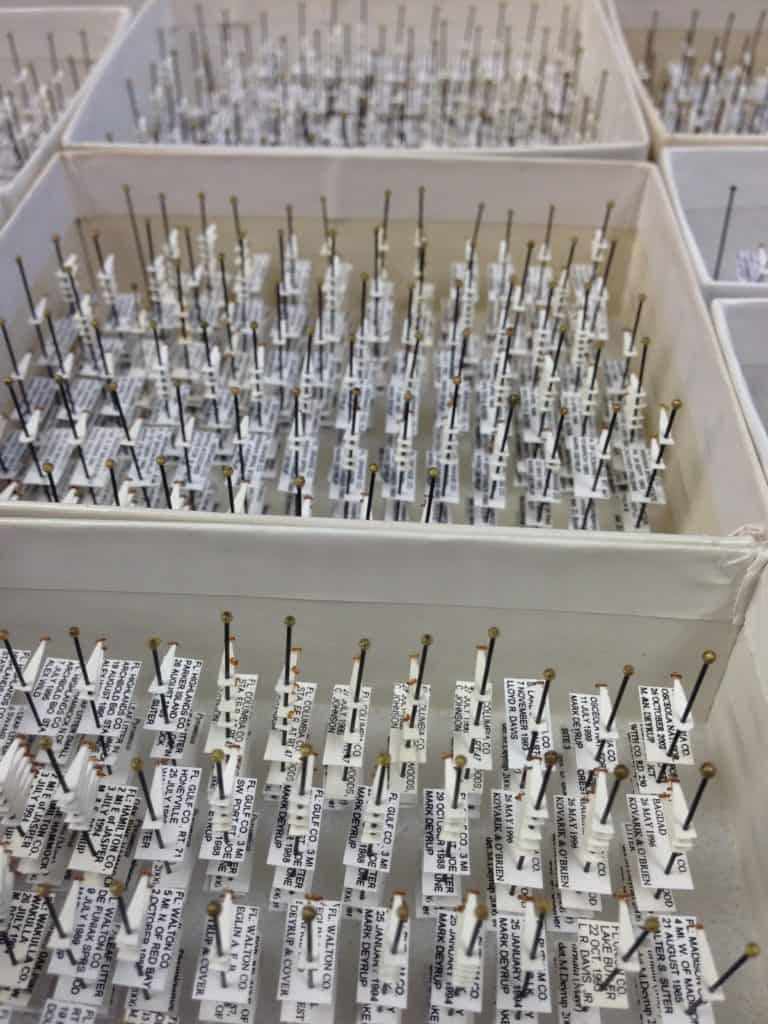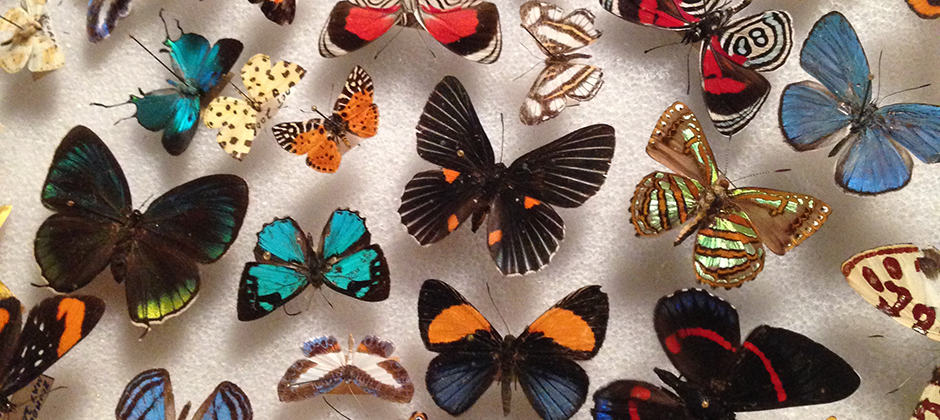Share this article
For many taxa, museum specimens can help fill in research holes
In 2019, researchers had been looking at the abundance of native and non-native ant species in Florida. Examining a museum dataset spanning 60 years of collections, they found that non-native species were becoming relatively more abundant. But just because there were records of non-native species in museum collections, did that mean they were also more abundant in the wild?
Worried about getting a skeptical reviewer, the researchers wanted to make sure museum records really reflected the abundance of wildlife and plants in the field. Their initial tests confirmed it: the number of specimen records for a species in the museum closely correlated with estimates of their abundance in the field. But what about other species?
In a study published in Methods in Ecology and Evolution, the researchers reached out to a number of museums to compare their collections to field studies and determine how abundance matched up.
“It’s important to remember that museum specimens are accumulated over many years, decades and even centuries,” said Nicholas Gotelli, the lead author of the study and a professor of biology at the University of Vermont in Burlington. “People deposit them there, but they usually were not collected in a standardized way. I thought, let’s go ahead and compare those records to standardized survey data collected by field ecologists.”
Gotelli and his co-authors began contacting museum specialists and taxonomic experts and assembled 17 high-quality datasets of museum records and field data from roughly the same time period and place. The museum collections included taxa ranging from understory plants, trees, butterflies and soil invertebrates to amphibians, small mammals and freshwater fish.

Intern Maisha Lucas with some of the curated Florida ants. Credit: Douglas Booher
As with the Florida ant data, species that were common in the field were represented by many museum records, and species that were rare in the field were represented by few museum records. However, there was also a pattern of consistent bias in almost all of the museum data. Rare species were overrepresented and common species were underrepresented compared to field abundances.
“If you think about how people often go about collecting things for museums, that makes sense,” Gotelli said. “No museum wants to fill up its bird collection with too many specimens of rock doves and house sparrows. They want the rare things and to fill out their collection with species they don’t already have.”
As a result, Gotelli said, researchers need to be careful using museum records to gauge abundance. Nevertheless, the consistent signal in museum and field collections means that researchers can use the museum records to understand trends in relative abundance.
That offers researchers a few options, Gotelli said. In places without adequate field surveys, researchers can determine which species are relatively common and which are relatively rare by looking at their frequencies in museum collections. Researchers can also use the data to look into the past and determine what previous communities may have looked like.

Strumigenys ants at the Archbold Biological Station Collection, the major ant collection of Florida.
Credit: Douglas Booher
The team wasn’t able to collect data on birds because of COVID-related museum closures, but they hope to do so in the future.
While the research shows some of the limitations of museum collections, for Gotelli, it also shows the opportunities they present when field research is out of the question.
“This illustrates the diversity of data and information available at natural history museums,” he said, “and the important ecological questions we can address with museum collections.”
Header Image: Butterflies on display at the Field Museum in Chicago. Credit: Douglas Booher








